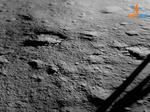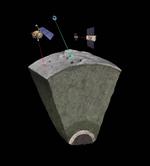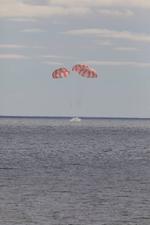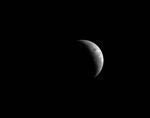Other

“India’s Moon rover has taken first steps on the lunar surface a day after the country made history by becoming the first to land near the south pole. Chandrayaan-3’s rover “ramped down” from the lander and “India took …

“ Russia’s first lunar mission in decades has ended in failure with its Luna 25 spacecraft crashing into the moon’s surface. The incident, a blow to Russia’s space ambitions, happened after communication with the robotic spacecraft was interrupted …

“Russia’s first moon mission since 1976 seems to be going well. For the first time in nearly half a century, Russia has made it to the moon. The nation’s Luna-25 mission — its first moon effort since Luna-24 in …

“Fifty years after Apollo 11 paved the way for the first surveys of the Moon, a team of scientists from CNRS, Université Côte d’Azur, the Côte d’Azur Observatory, Sorbonne Université and the Paris Observatory-PSL has shed light …

“Japanese startup Ispace conceded Wednesday its attempt to become the first company to land on the moon had ended in failure, but pledged to move ahead with new missions. The unmanned Hakuto-R Mission 1 lander had been scheduled to touch …

“A new era of lunar exploration is on the rise, with dozens of Moon missions planned for the coming decade. Europe is in the forefront here, contributing to building the Gateway lunar station and the Orion spacecraft – set to return …

“Sooner or later, settlers on the Moon will have to become farmers. A new ESA Discovery project led by Norway’s Solsys Mining is looking into the treatment of lunar soil to create fertiliser for growing plants. The good news …

“The mission is characterizing its new “green” propulsion system and developing a modified plan for the briefcase-size satellite’s journey to the Moon. NASA’s Lunar Flashlight mission successfully launched on Dec. 11, 2022, to begin its four-month journey to …

“NASA’s Orion spacecraft splashed down in the Pacific Ocean, west of Baja California, at 9:40 a.m. PST Sunday after a record-breaking mission, traveling more than 1.4 million miles on a path around the Moon and returning …

“On the eighth day of its mission, Orion continues to travel farther away from the Moon as it prepares to enter a distant retrograde orbit. The orbit is “distant” in the sense that it’s at a high altitude from …

